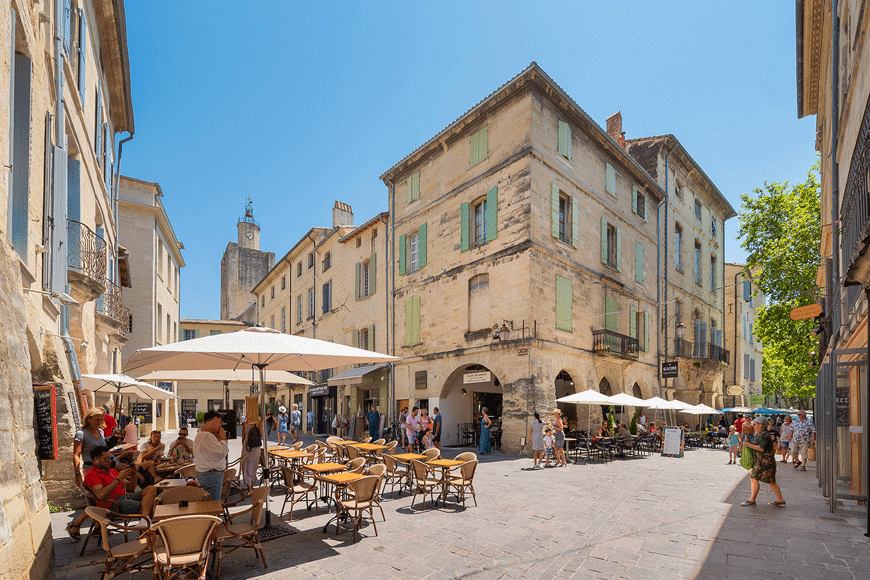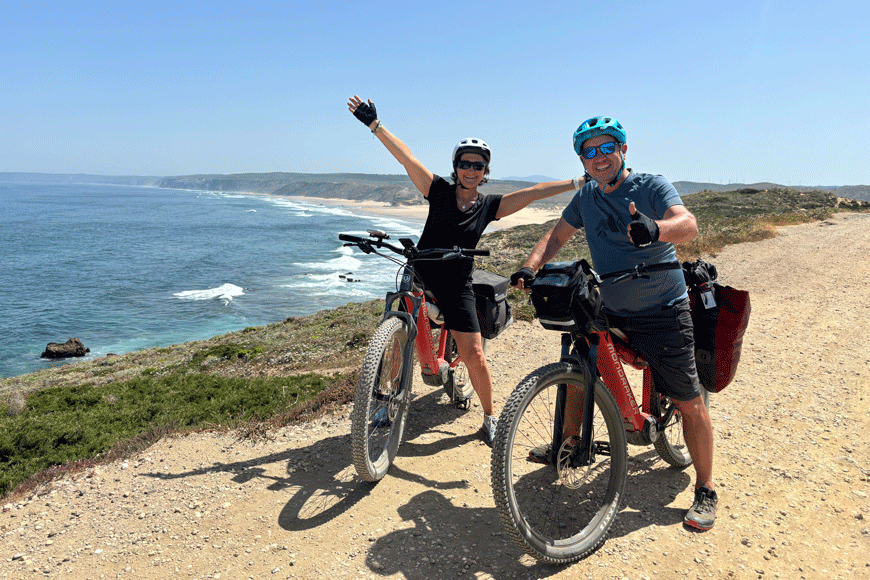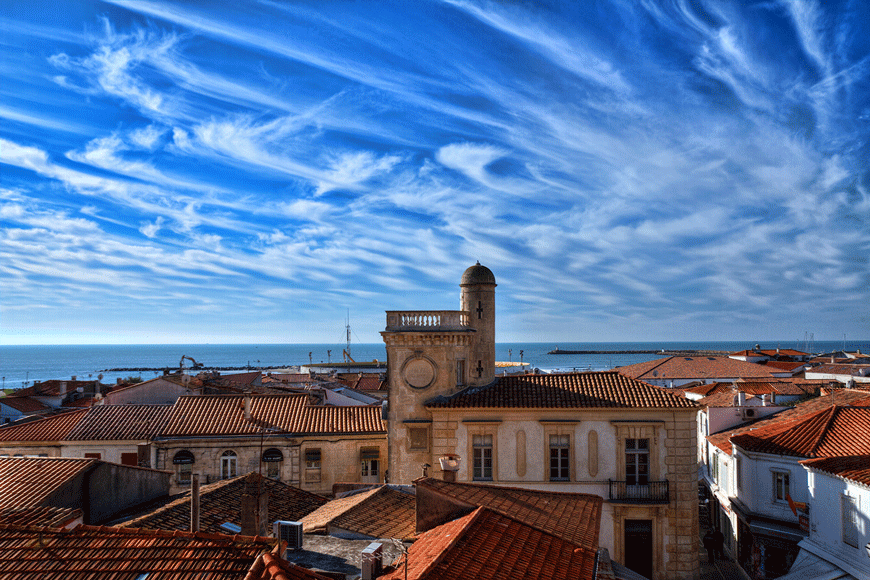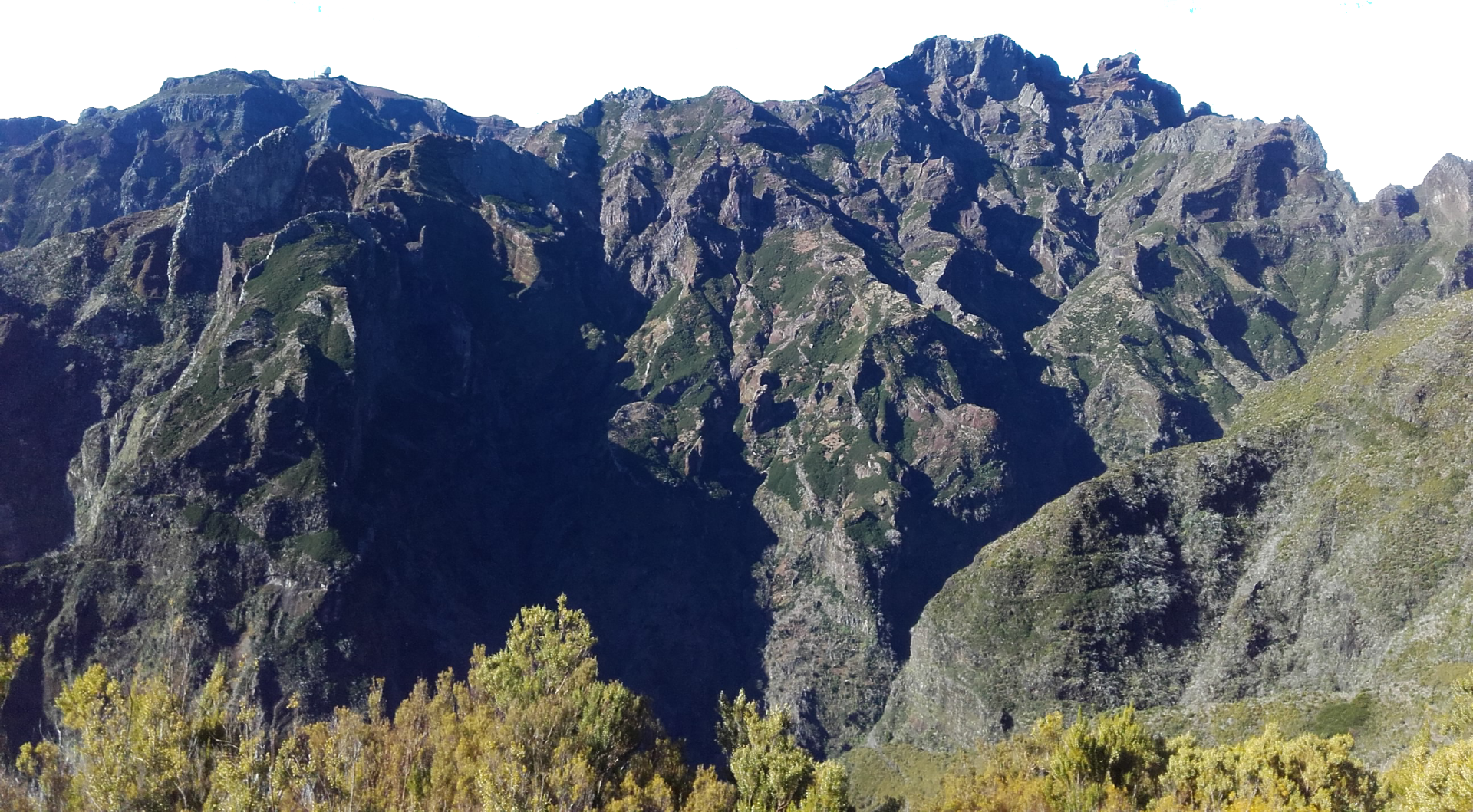Day 1 - The Roman wonders of Vaison
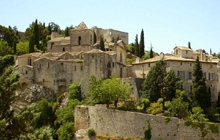 You make your own way to Vaison la Romaine, France’s largest Roman archaeological site. Spend time wandering through the expansive Roman ruins before crossing a 2000 year-old bridge and up to the Medieval village. Perched dizzyingly on the rock above the Ouvèze River, the cobbled streets lead up to the ruins of the 12th century feudal castle, from where the view extends to the entire town and to far-reaching countryside.
You make your own way to Vaison la Romaine, France’s largest Roman archaeological site. Spend time wandering through the expansive Roman ruins before crossing a 2000 year-old bridge and up to the Medieval village. Perched dizzyingly on the rock above the Ouvèze River, the cobbled streets lead up to the ruins of the 12th century feudal castle, from where the view extends to the entire town and to far-reaching countryside.
Meals included : none
Night : Vaison
Famous market on Tuesday morning in Vaison la Romaine
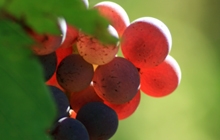 In the background all day is Provence’s highest mountain, Mont Ventoux, its barren limestone peak soaring above the plains. Cycling through the most prestigious of Côtes du Rhône landscapes, you reach Gigondas and its world-famous vineyards, with plenty of opportunities to stop at estates and taste their delicious reds. Through olive groves and a sea of vines, you cycle to Beaumes de Venise, a quaint village known for its sweet Muscat wines. Through a succession of tiny and forgotten villages, on back roads lined by oak forest and orchards, you reach Bedoin, legendary starting point in the Tour de France for the ascension of Mont Ventoux, arguably the hardest climb in all of France.
In the background all day is Provence’s highest mountain, Mont Ventoux, its barren limestone peak soaring above the plains. Cycling through the most prestigious of Côtes du Rhône landscapes, you reach Gigondas and its world-famous vineyards, with plenty of opportunities to stop at estates and taste their delicious reds. Through olive groves and a sea of vines, you cycle to Beaumes de Venise, a quaint village known for its sweet Muscat wines. Through a succession of tiny and forgotten villages, on back roads lined by oak forest and orchards, you reach Bedoin, legendary starting point in the Tour de France for the ascension of Mont Ventoux, arguably the hardest climb in all of France.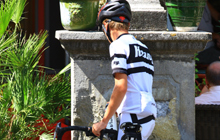 The landscapes at the foot of Ventoux are dotted by small villages, off the beaten tourist track, where you can explore tiny streets and centuries-old homes. On seldom-used roads, you’ll pass cherry orchards, Côtes du Ventoux vineyards, and truffle oak plantations. You reach Pernes-les-Fontaines, a lively town full of cafés, with its 40 ancient fountains scattered in the village. Your destination is l’Isle sur la Sorgue, veritable island of a town, surrounded entirely by the green and clear waters of the Sorgue River. The town is world renowned for its antique shops, while the Sunday market fills the entire centre with a display to stimulate all the senses.
The landscapes at the foot of Ventoux are dotted by small villages, off the beaten tourist track, where you can explore tiny streets and centuries-old homes. On seldom-used roads, you’ll pass cherry orchards, Côtes du Ventoux vineyards, and truffle oak plantations. You reach Pernes-les-Fontaines, a lively town full of cafés, with its 40 ancient fountains scattered in the village. Your destination is l’Isle sur la Sorgue, veritable island of a town, surrounded entirely by the green and clear waters of the Sorgue River. The town is world renowned for its antique shops, while the Sunday market fills the entire centre with a display to stimulate all the senses.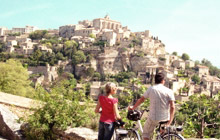 The eye-candy is endless for today’s ride, so you better get an early start! In landscapes dotted with dry-stone huts and ancient stone walls, you reach two of the most spectacular villages of Provence. First is Gordes, its majestic grey stone homes rising vertiginously over the Calavon valley, and crowned by its renaissance castle. Then Roussillon, its colourful homes painted in every hue of yellow-orange-red, with the natural pigments taken from the ochre quarry set just beside the village. Ride back to Isle on a cycle-only path created on a former railway line. Or for a more challenging ride, include visits to the hilltop villages of Bonnieux, Lacoste, Ménerbes, and Oppède le Vieux.
The eye-candy is endless for today’s ride, so you better get an early start! In landscapes dotted with dry-stone huts and ancient stone walls, you reach two of the most spectacular villages of Provence. First is Gordes, its majestic grey stone homes rising vertiginously over the Calavon valley, and crowned by its renaissance castle. Then Roussillon, its colourful homes painted in every hue of yellow-orange-red, with the natural pigments taken from the ochre quarry set just beside the village. Ride back to Isle on a cycle-only path created on a former railway line. Or for a more challenging ride, include visits to the hilltop villages of Bonnieux, Lacoste, Ménerbes, and Oppède le Vieux. 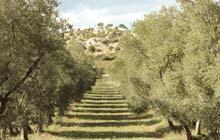 The lively town of Cavaillon awaits, filled with restaurants and cafés, and bursting with locally grown fruits and vegetables. Through farmlands and endless orchards, you cross the Durance river. You cycle towards the charming village of Eygalières, surrounded by vast olive groves, its beautiful stone houses set atop a hill, and up to the ruins of its castle. You reach Saint Rémy, a second home to Van Gogh and birthplace of Nostradamus, an artists’ town filled with colour and light, bustling with busy cafés.
The lively town of Cavaillon awaits, filled with restaurants and cafés, and bursting with locally grown fruits and vegetables. Through farmlands and endless orchards, you cross the Durance river. You cycle towards the charming village of Eygalières, surrounded by vast olive groves, its beautiful stone houses set atop a hill, and up to the ruins of its castle. You reach Saint Rémy, a second home to Van Gogh and birthplace of Nostradamus, an artists’ town filled with colour and light, bustling with busy cafés.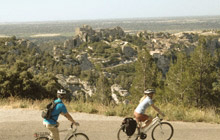 Just outside St. Rémy, visit the monastery of Saint Paul de Mausole, where Van Gogh spent a year of his life and did some of his best work. Through the pine forests, wildflowers and thyme laden hills of the Alpilles, the village of Les Baux will soon appear, listed among the most beautiful villages in France. The village is perched like a nest, high above the famous olive groves below, sitting atop a rocky crag and crowned by the ruins of its feudal castle. The Alpilles mountains make up the last hills before a final straightaway toward the sea. The landscapes then give way to large expanses of farmland and lone farmhouses, with bull ranches and rice paddies on the horizon. The city of Arles appears out of nowhere, its coliseum and Roman theater only two of the many monuments the Romans left behind.
Just outside St. Rémy, visit the monastery of Saint Paul de Mausole, where Van Gogh spent a year of his life and did some of his best work. Through the pine forests, wildflowers and thyme laden hills of the Alpilles, the village of Les Baux will soon appear, listed among the most beautiful villages in France. The village is perched like a nest, high above the famous olive groves below, sitting atop a rocky crag and crowned by the ruins of its feudal castle. The Alpilles mountains make up the last hills before a final straightaway toward the sea. The landscapes then give way to large expanses of farmland and lone farmhouses, with bull ranches and rice paddies on the horizon. The city of Arles appears out of nowhere, its coliseum and Roman theater only two of the many monuments the Romans left behind.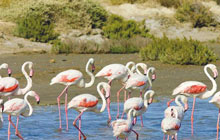 Beyond Arles, heading south, you enter the delta of the Rhône river, not more than a few feet above sea level, a never-ending landscape of salt-cracked earth and untamed lagoons. This is the Camargue region, a birder’s paradise, where herons, egrets, pink flamingoes, and dozens of other species come to nest and fish in the shallow pools. The lands are devoid of homes and buildings, until suddenly Saintes Maries de la Mer appears in the distance, its disproportionate church dwarfing the bunched, whitewashed homes that make up this small town on the sea. The town has a distinct Gypsy influence. It was here that their patron saint Sara drifted ashore 2000 years ago after fleeing Palestine, her remains set in the town’s church.
Beyond Arles, heading south, you enter the delta of the Rhône river, not more than a few feet above sea level, a never-ending landscape of salt-cracked earth and untamed lagoons. This is the Camargue region, a birder’s paradise, where herons, egrets, pink flamingoes, and dozens of other species come to nest and fish in the shallow pools. The lands are devoid of homes and buildings, until suddenly Saintes Maries de la Mer appears in the distance, its disproportionate church dwarfing the bunched, whitewashed homes that make up this small town on the sea. The town has a distinct Gypsy influence. It was here that their patron saint Sara drifted ashore 2000 years ago after fleeing Palestine, her remains set in the town’s church. 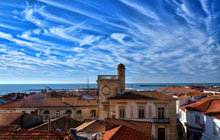 End of your trip in Saintes Maries de la mer after breakfast
End of your trip in Saintes Maries de la mer after breakfast
